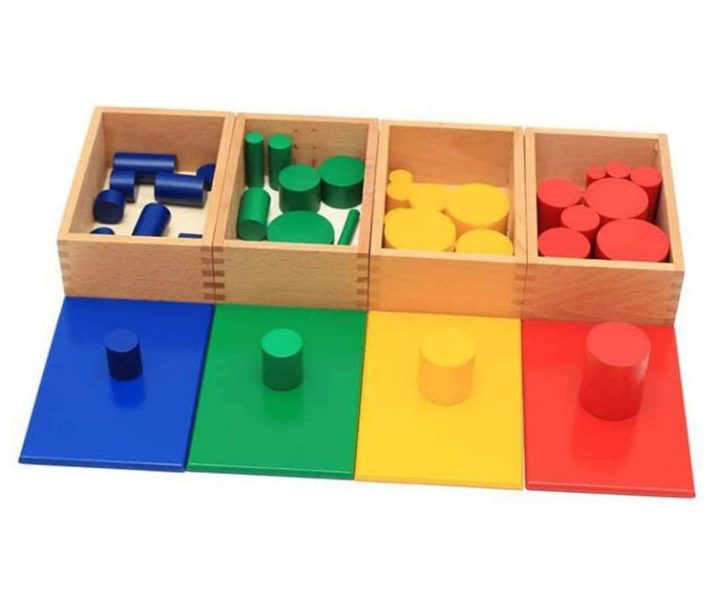
Unlocking the Potential of Montessori Toys: A Comprehensive Guide
Montessori toys have gained popularity in recent years for their child-centered approach to play and learning. Rooted in the teachings of Dr. Maria Montessori, these toys are designed to foster independent thinking, creativity, and problem-solving skills in children. In this guide, we will explore the benefits of Montessori toys and provide recommendations for incorporating them into your child’s playtime.
The Benefits of Montessori Toys
Montessori toys are thoughtfully designed to encourage hands-on exploration and discovery. Unlike traditional toys that may be loud and flashy, Montessori toys are simple and often made from natural materials like wood or fabric. This allows children to engage with their senses and develop a deeper connection to the world around them.
Key Benefits of Montessori Toys:
- Encourage Independent Play: Montessori toys are designed to be open-ended, allowing children to use their creativity and imagination to play in their own unique way.
- Promote Problem-Solving Skills: Many Montessori toys are designed to challenge children to think critically and find solutions on their own.
- Cultivate a Love for Learning: By engaging children in hands-on play, Montessori toys help instill a lifelong curiosity and thirst for knowledge.
Read more about Montessori toys here.
Choosing the Right Montessori Toys
When selecting Montessori toys for your child, it’s important to consider their age, interests, and developmental stage. Look for toys that are simple, durable, and promote skill-building in areas like fine motor skills, hand-eye coordination, and sensory exploration.
Some popular Montessori toys include:
- Wooden Blocks: Ideal for building and stacking, wooden blocks encourage creativity and spatial awareness.
- Sensory Bins: Filled with materials like rice, beans, or sand, sensory bins promote tactile exploration and fine motor skills.
- Puzzles: From simple knob puzzles for toddlers to more complex jigsaw puzzles for older children, puzzles help develop problem-solving skills and hand-eye coordination.
Incorporating Montessori Toys into Playtime
To make the most of Montessori toys, create a designated play area that is free of clutter and distractions. Rotating toys regularly can also help keep playtime engaging and fresh. Encourage your child to explore and experiment with their toys at their own pace, offering gentle guidance and support when needed.
By incorporating Montessori toys into your child’s playtime, you can create a nurturing environment that promotes creativity, independence, and a lifelong love for learning.
